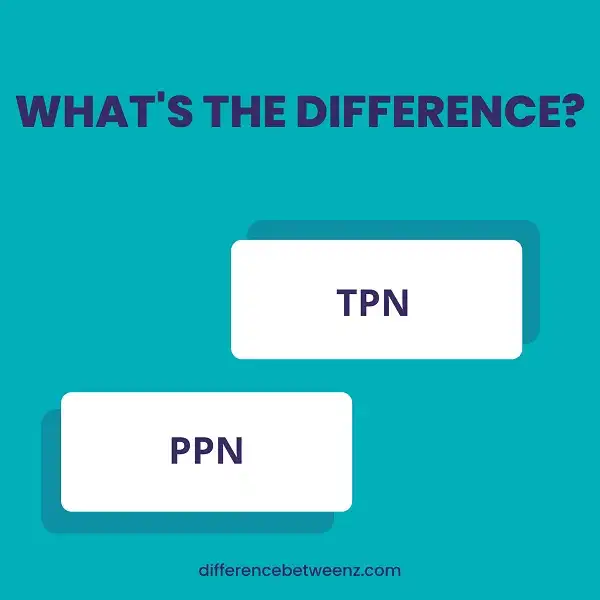Short for total parenteral nutrition and peripheral parenteral nutrition, TPN and PPN are two methods of delivering intravenous nourishment to a patient. While both provide essential nutrients, there are some key differences between the two types of feeding. In this post, we’ll take a closer look at those differences, so you can better understand which type of feeding is right for your loved one.
What is TPN?
TPN, or total parenteral nutrition, is a type of intravenous feeding that delivers nutrients directly to the bloodstream. TPN can be used to provide all of the body’s nutritional needs, or it can be used to supplement oral or enteral nutrition. TPN is typically used when the gastrointestinal tract is not functioning properly or when patients are unable to take in enough calories through food. TPN solutions typically contain a mix of carbohydrates, fats, proteins, vitamins, and minerals. TPN can be administered through a central venous catheter or a peripherally inserted central catheter (PICC). TPN is a complex procedure that must be carefully monitored by a team of healthcare professionals. TPN can have serious complications, but it can also be life-saving for patients who are unable to receive nutrition in any other way.
What is PPN?
PPN is a type of nutrition support that delivers nutrients directly into the veins. It is used when patients are unable to take in enough nutrients by mouth or when the digestive system is not working properly. PPN can provide all of the nutrients a person needs, including carbohydrates, proteins, fats, vitamins, and minerals. It is usually given through a catheter (a thin tube) that is inserted into a vein in the arm. PPN solutions are infused slowly over a period of several hours. PPN is a specialized form of nutrition support and should be provided only by trained healthcare professionals.
Difference between TPN and PPN
TPN (total parenteral nutrition) and PPN (partial parenteral nutrition) are two types of intravenous nutrition used to provide nutrients to patients who are unable to eat or absorb food orally. TPN is a complete form of nutrition that includes all the calories, proteins, fats, vitamins, and minerals needed, while PPN is a partial form of nutrition that contains some but not all of these nutrients. TPN is generally used for patients who are unable to eat or absorb nutrients due to a medical condition, while PPN is often used as a short-term solution for patients who are recovering from surgery or another medical procedure. TPN and PPN are both safe and effective methods of providing nutrients to patients, but TPN is the more complete form of nutrition and should be used when possible.
Conclusion
Although the two networks are similar in some ways, there are also some key distinctions. The PPN is more closely associated with movement and the TPN is more closely associated with sensation. Additionally, the PPN has been shown to be more active when a person is engaged in an action or making a decision, while the TPN becomes more active when a person is observing something. Knowing these distinctions can help you better understand how your customers’ brains are working as they navigate your website or make a purchase.


